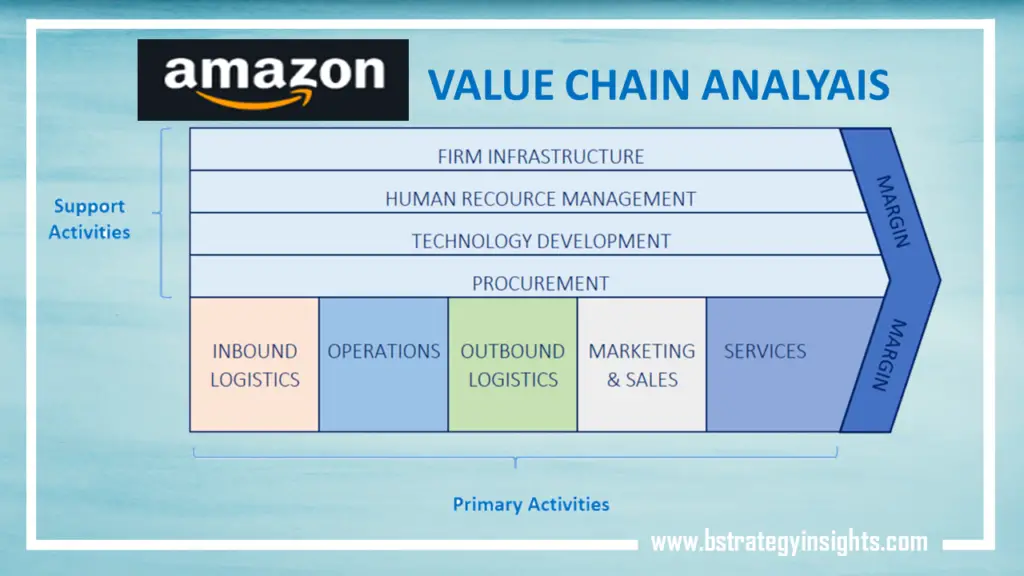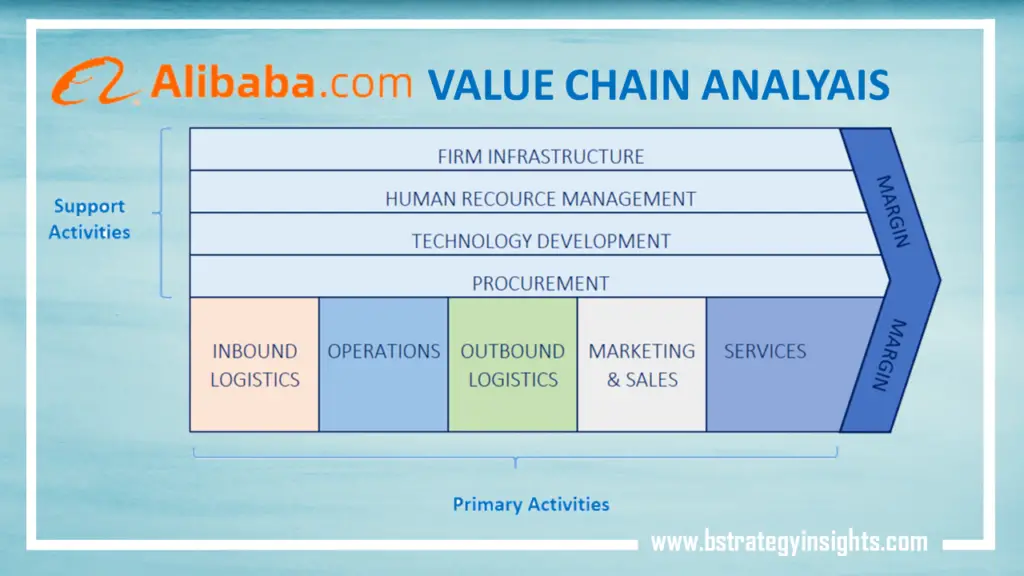Walmart does not need an introduction to the world of retail. It is the world’s largest retail corporation. Established in 1962 by Sam Walton as a group of stores, Walmart now has over 11,500 stores in 27 countries under 55 banners. The company has generated increasing revenues over the past decade and even longer.
Walmart is also the world’s largest private employer, with over 2.2 million employees, out of which 1.5 million are only in the US. Most of these employees work in different stores under the brand. Apart from stores, the company also runs a digital platform that provides similar services. Its largest website also averages 100 million unique monthly visitors.
Headquartered in Bentonville, Arkansas, the company operates three primary store formats. These are the discount stores, supercenters, and neighborhood markets, which sell a variety of products depending on the type of store. The company’s most famous format is its discount stores, which most customers prefer because of the low prices.
Performance-wise, Walmart generates revenues in billions. In 2020, the company generated revenues of $523.96 billion. The company makes money from its wide variety of products sold across its stores across various countries. However, the primary source of income for the company still is its US segment. Walmart, as a company, has the financial capacity to beat the GDP of countries, such as Belgium, Israel, and Thailand.
One of the reasons behind the company’s great success and financial performance is its operations and competitive advantage. In terms of competition, the company has many other brands competing for the same customers. However, none of them come close to the competitive advantage that Walmart has. This competitive advantage comes as a result of Walmart’s activities.
Walmart’s Value Chain Analysis
Value chain analysis is a tool used to analyze how a company generates value. With this tool, it is possible to see how a company uses its activities to gain a competitive advantage over others. It is vital to look at two aspects of a company to perform value chain analysis, its primary and support activities. Walmart’s value chain analysis is as below.
Walmart’s Primary Activities
In Walmart’s value chain analysis, the primary activities of a company show how it creates and delivers its products or services. These are the fundamental activities that the company must get right to increase its competitive advantage. In the value chain analysis, there are five primary activities for any company. These consist of inbound logistics, operations, outbound logistics, marketing and sales, and last but not least the service activity.
Inbound logistics
Inbound logistics are the processes involved in receiving, storing, and handling raw materials. For Walmart, its inbound logistics includes receiving goods from thousands of different brands or companies from around the globe. Similarly, once the company gets these goods from its suppliers, it must store these goods in its warehouses and also include handling these goods.
Walmart relies heavily on its suppliers. This is because Walmart buys products in bulk from suppliers, which allows it to dictate the prices better. It is because due to its size and power, Walmart can obtain favorable prices from its suppliers. It is one of the reasons why Walmart can offer its customers with low price goods. However, the low prices are a part of support activities and procurement, which will come later.
Walmart focuses on supply chain management to gain a competitive edge in inbound logistics. The company maintains an efficient process of supply chain management and inventory management to decrease or control its supply chain costs. Throughout its stores, Walmart tracks its inventory from various suppliers and preorders inventory whenever a specific product reaches a predetermined limit.
It not only allows the company to keep its inventory stocked up throughout the year but also keeps its handling and storage costs low. Walmart uses technology in its supply chain management to automatically track inventory through the use of point-of-sale software. The company shares its reports with suppliers in real-time, which allows suppliers to automatically get notified when they need to send over a new batch of their products.
The company also focuses on maintaining long-term relationships with its suppliers, which allows it to source its products efficiently. Through all of these processes, the company can keep its prices to a minimum which enables it to add a small profit margin to it but still make profits. Overall, the company’s supply chain management is one of its strong suits.
Operations
For a typical manufacturing company, operations include the process of converting raw material into finished goods. For Walmart, these include the process of converting its products received from suppliers into its stores in various countries. As mentioned, the company has over 11,500 retail stores in 27 countries around the globe.
Another one of Walmart’s segments, Sam’s Club, which is a retail membership-based warehouse club has 599 membership warehouse clubs in the US. Similarly, only in the US, Walmart has over 5,300 stores. However, when it comes to operations in the value chain, Walmart doesn’t do much. The only process in its operations is delivering the raw materials from its warehouse to its stores.
The in-store support that Walmart provides through its employees, or categorizing items in aisles also fall under its operations. Overall, its stores are the primary part of its operations in the value chain, which allows Walmart to convert the received goods into finished products by providing a platform for them to reach customers.
Outbound logistics
Outbound logistics involves getting finished goods from a company to its customers. For Walmart, its outbound logistics uses the cross-docking inventory tactic, through which it replenishes inventory efficiently. Walmart connects the inbound and outbound logistics through this process, which allows it better inventory management.
Through cross-docking, Walmart transfers products from inbound trucks directly to outbound trucks or trailers without the need to store the items first. This process allows Walmart to minimize its inventory storage and transportation costs, reduced transportation time, and eliminates any inefficiencies in the process.
Marketing and sales
Marketing and sales involve the promotional tactics and marketing mix used by a company to promote its products. For Walmart, marketing hasn’t been an issue due to its household brand name. The company has relied on ‘word of mouth’ promotions due to its low prices, which has allowed it to attract customers from all classes.
However, that does not imply the company shies away from marketing. Walmart spends billions on marketing each year, advertising and promoting its brand or deals through traditional and digital means. Walmart uses a combination of different promotional tactics and channels to attract customers or get their new products over to them.
Service
When it comes to service, there isn’t much that Walmart offers to its customers. However, it does offer a customer support line for customers who want to resolve any issues or have problems with their products. Similarly, the company offers a money-back guarantee to its customers, which allows its customers to return goods. All these entail the after-sale services provided by the company.
However, it’s noteworthy that the company’s after-sale services aren’t the best and not considered an area that provides it with a competitive advantage.
Walmart’s Support Activities
In Walmart’s value chain analysis, the support activities are any activities carried out in addition to primary activities that enhance the quality of a company’s primary activities. While some companies may not consider them crucial, these activities can still provide them with a competitive advantage if done right. Support activities are four in number, which includes firm infrastructure, technological development, human resources development, and procurement.
Firm infrastructure
The firm infrastructure refers to the management, planning, finance, accounting, quality control, and other similar aspects of a company. It plays a vital role in its success. Walmart’s firm infrastructure is multinational. While most of its 2.2 million employees work in its stores or warehouses, it also has a large workforce looking after its infrastructure.
Walmart’s management has been top-notch ever since the beginning. It is one of the reasons why the company has survived for so long without any devastating failures. It also has the financial resources available to support its infrastructure. Overall, its infrastructure is among the world’s top companies.
Technological development
As mentioned, Walmart not only offers products in stores but also has a digital platform that helps generate money. While it hasn’t been as great as some of its digital competitors, such as Amazon, it still gets the job done. The company has a website and an app for mobile devices that allows customers to interact with its products.
Similarly, the company also uses the technology behind the scenes, especially in its primary activities. For example, as mentioned, the company uses technology to keep its suppliers updated about their inventory in Walmart’s stores. Similarly, it uses similar technology in all its stores that send data to a central location for reconciliation and recording.
Overall, Walmart has used technology to its advantage and has obtained a competitive advantage over its direct competitors. However, it may not be sufficient for beating competitors in the digital marketplace.
Human resources management
Human resources management refers to when a company uses its workforce to its advantage and develops it for the best results. Walmart is notorious for its below-par working conditions. However, the company has been able to shift the trends and started focusing on its human resources management policies. However, some consider the company still has a long way to go in this regard.
Walmart has started changing most of its policies regarding human resources. For example, it recently announced higher pays for its workers, which in the past only received minimum wages. Similarly, the company announced a heavy investment in its employee’s wages, education, and training. Its human resources management policies also changed by giving many employees promotions and better pay as well.
Procurement
Procurement refers to the process of purchasing goods from suppliers. While technically a support activity, Walmart’s procurement process has been one of its most prominent competitive advantages. The company, as mentioned above, buys products from suppliers in bulk, which allows it to dictate the prices or receive better deals.
For a company such as Walmart that focuses on providing products for low prices, the process starts at the very beginning, which is procurement. If Walmart cannot get low prices from its suppliers, it cannot make a profit, especially considering its low-profit margins. Similarly, due to its history, products are also less likely to buy products if the prices are higher if other competitors are offering inexpensive deals.
Therefore, Walmart has used its supplier relationships to its advantage and achieved much better costs. However, the company also hasn’t compromised on quality for the given price, which makes most of its products ‘value for money’ products.
Conclusion
Walmart is the world’s largest retailer by a fair margin. The company is highly successful with outstanding performances over its lifetime. The main reason for its success comes from its value chain management. Given above is Walmart’s value chain analysis, which shows how the company uses its primary and support activities to achieve a competitive advantage.



